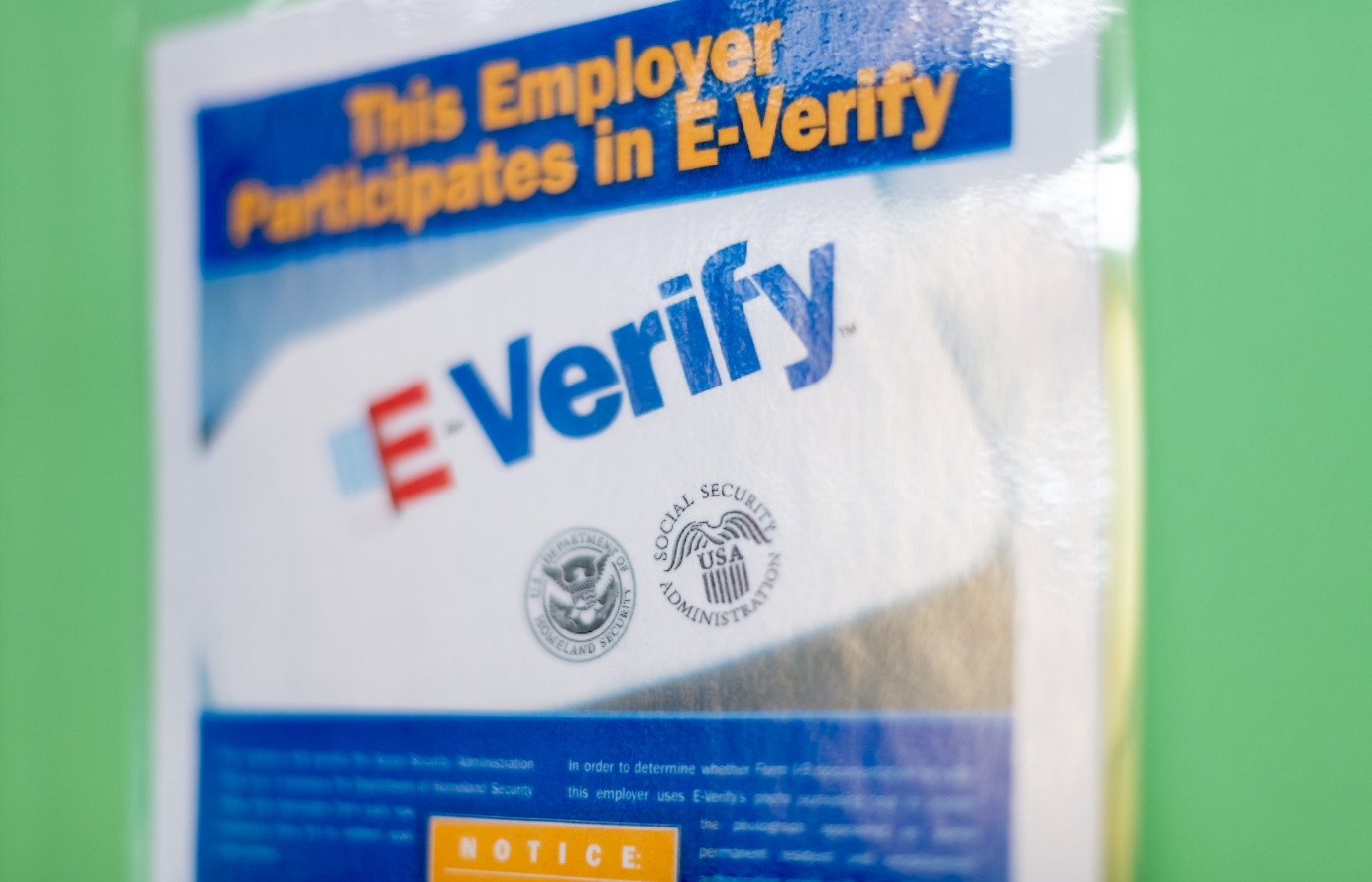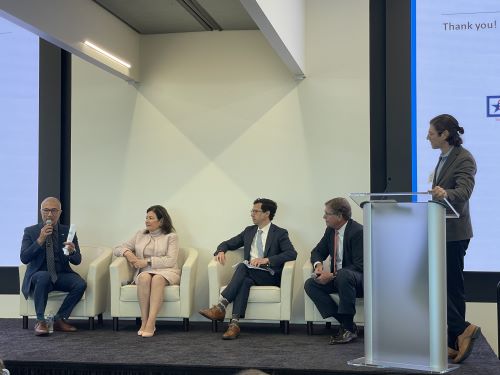SUCCEED Act Will Diminish Deficits
 Senators Tillis (R-NC), Lankford (R-OK), and Hatch (R-UT) this week introduced the Solution for Undocumented Children through Careers, Employment, Education, and Defending our Nation (SUCCEED) Act to legalize some DREAMers. After analyzing this bill and performing a residual statistical analysis to isolate DREAMers in the American Community Survey (ACS), this blog estimates that SUCCEED would allow approximately 1.5 million unlawful immigrants eventually to earn citizenship. Our population estimates are close to those of the Migration Policy Institute.
Senators Tillis (R-NC), Lankford (R-OK), and Hatch (R-UT) this week introduced the Solution for Undocumented Children through Careers, Employment, Education, and Defending our Nation (SUCCEED) Act to legalize some DREAMers. After analyzing this bill and performing a residual statistical analysis to isolate DREAMers in the American Community Survey (ACS), this blog estimates that SUCCEED would allow approximately 1.5 million unlawful immigrants eventually to earn citizenship. Our population estimates are close to those of the Migration Policy Institute.
SUCCEED allows DREAMers to legalize if they earn an associate’s degree or higher, enlist in the military, or work for a period. We assume that about half of those with a high school degree and below eventually earn citizenship.
Using the National Academy of Sciences (NAS) Table 8-14 as a framework, we find that the SUCCEED Act will boost revenues by about $94.7 billion above expenditures, in net present value, relative to keeping the DREAMers in illegal status along with a steady rate of deportation. These extra revenues would accrue to the federal, state, and local governments. They are 75-year projections discounted at 3 percent as the NAS recommends. This long-term projection and discounting guarantees that the future fiscal costs of entitlements and the descendants of the DREAMers are included. Our estimate is similar to another conducted by the Niskanen Center.
Methods
This figure is calculated by weighting the findings in Table 8-14 of the NAS by the age of entry and eventual education level of DREAMers who would be legalized under SUCCEED. A general finding of the NAS is that the fiscal impact of an immigrant is more positive when he or she is more educated and younger. The NPV fiscal estimate in Table 8-14 is positive for immigrants who arrive between ages 0 and 24 regardless of eventual education level. All DREAMers must have entered the United States before their 16th birthday under the SUCCEED Act so they are fiscally positive. According to the NAS findings.
We estimated the eventual level of education for DREAMers using the ACS by assuming that all those under the age of 25 would eventually be as educated as those aged 25 years or older. This likely undercounts their eventual education level and, hence, their net contribution to the federal budget. We assumed that unlawful immigrants consumed 35.7 percent fewer benefits and paid 10 percent lower taxes than other workers of the same age until 40 years old, based on estimates from Figure 8-21 of the NAS. We picked age 40 as we assumed it would take 15 years for DREAMers to earn citizenship because their current average age is 25 according to our ACS sample.
Conclusion
There are many reasons to legalize the DREAMers. This is their home, they did not intentionally violate American immigration laws when they entered, and they are culturally American. But, the argument for economic self-interest is also compelling. Only a few commentators doubt that there is a positive economic effect from immigration in general. However, the welfare state could turn those economic benefits negative and actually cost Americans more than they gain in boosted income. Fortunately, the American welfare state is not so far gone and DREAMers came at young enough ages, earned enough education, and worked to an extent to make up for the expensive deficiencies of our bloated government.








